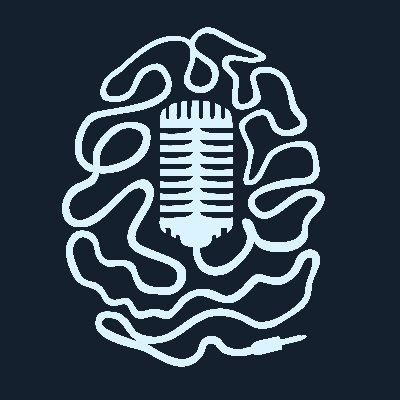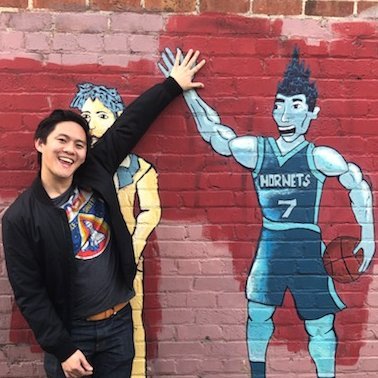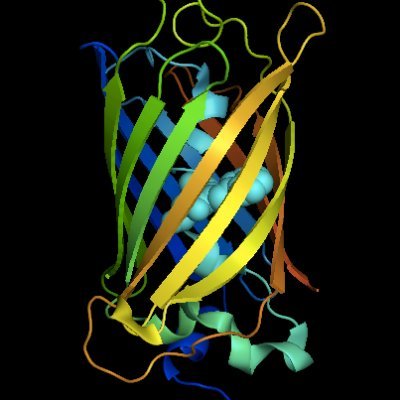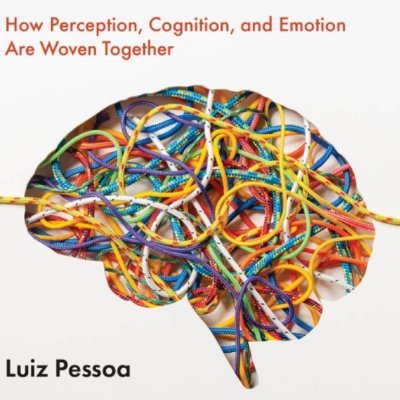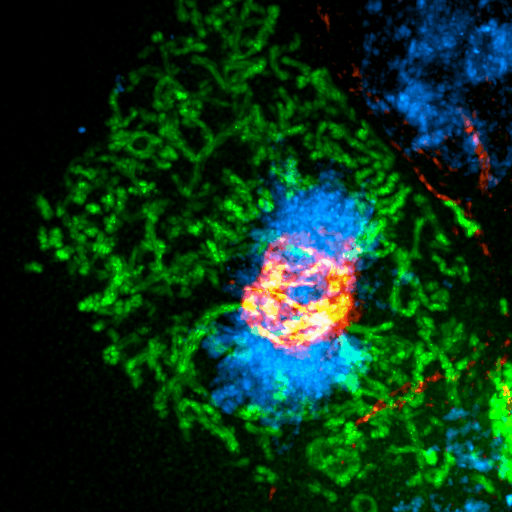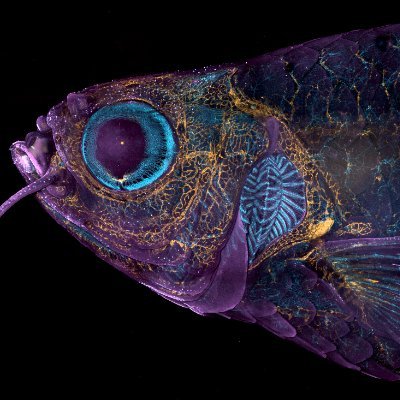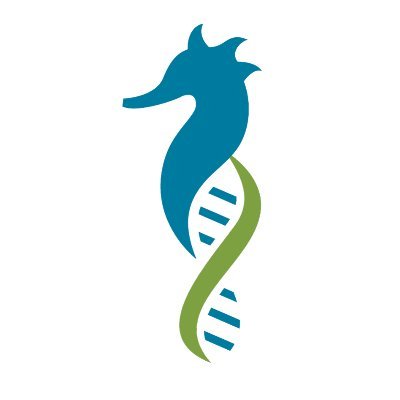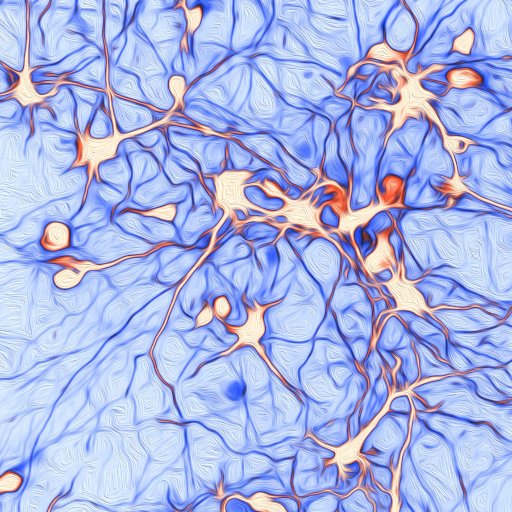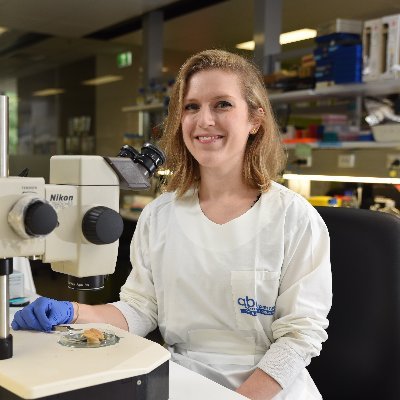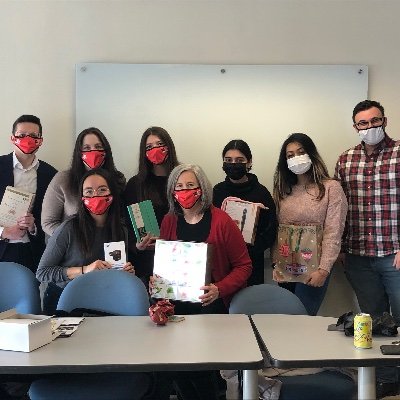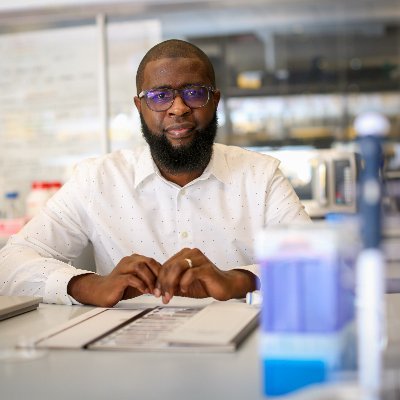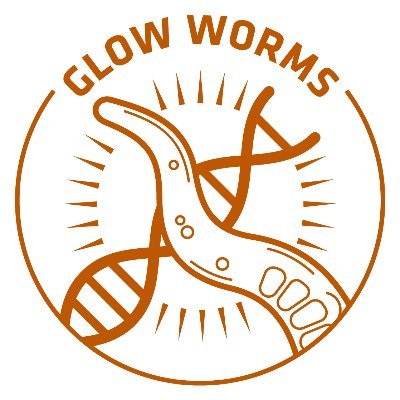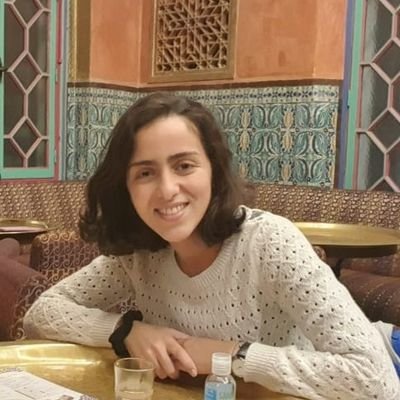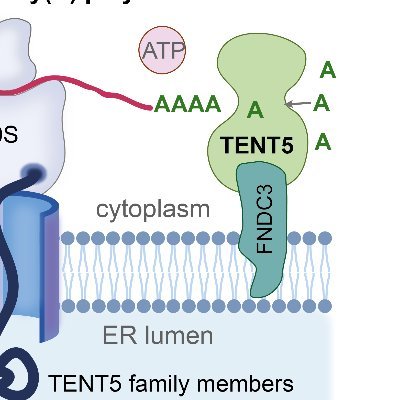
Konstantinos KAGIAS
@kkagiasResearch scientist, Synthetic Neurobiology Group, MIT. Science/Music/Chess
Similar User

@HagarSetty

@SunyBiotech

@TMedwigKinney

@LightfootLab

@LaurentLab_

@NawaphatMalaiw1

@Anne_C_Hart

@EthanEwe

@surojitsural

@ShahLabUCLA

@DrGTWU

@FrancisLab4

@doug_p

@xenopuselegans

@XanthaKarp
Excited to share our latest review article on homeobox gene discovery in #Celegans. journals.biologists.com/dev/article-ab…
Ed Boyden: How to develop technologies worthy of a Nobel prize | Optogenetics & Expansion Microscopy We feel incredibly honoured and grateful to be able to talk to brilliant scientists! In this episode, we had the pleasure to host @eboyden3, a pioneering neuroscientist,…

Our latest paper from the Boyden lab describes an Expansion Microscopy protocol that takes samples to 20X expansion in a single step. @eboyden3 nature.com/articles/s4159…
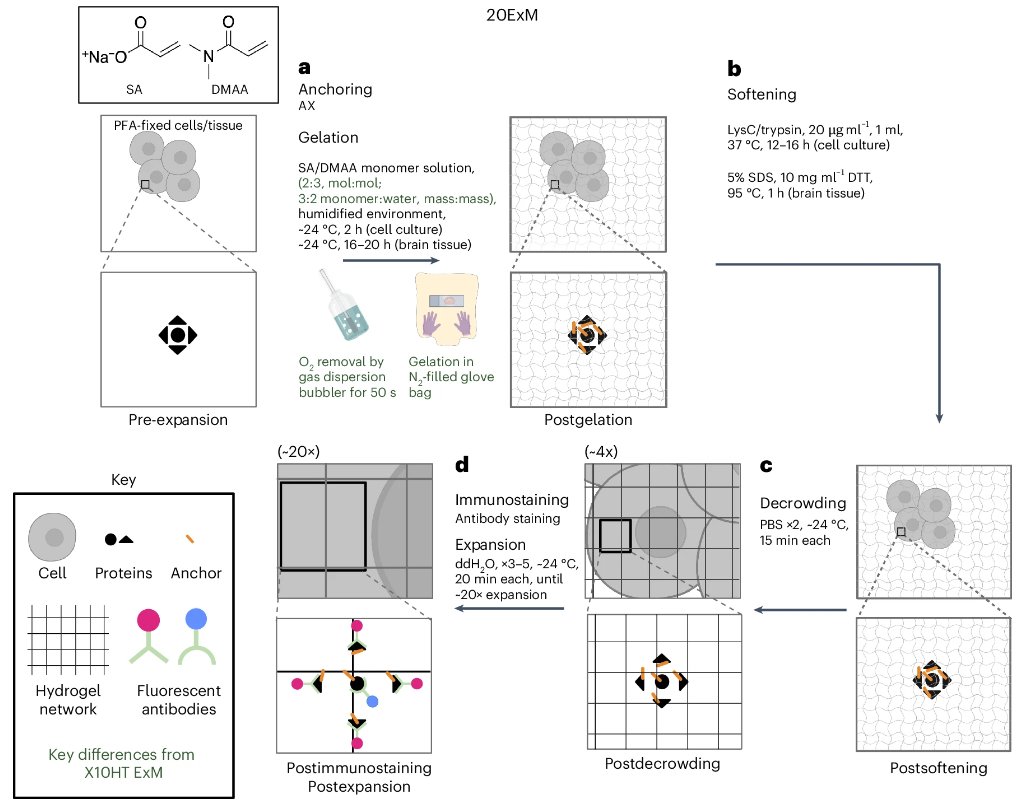
7 years ago, I met a junior fellow named @JD_Buenrostro who blew me away with a vision of futuristic genomic technologies Today, we (@ajaylabade31, @carolinecomenho) are excited to share our first steps into that future: Expansion in situ genome sequencing 1/
QBI researchers have discovered a DNA mechanism that controls how disease-causing mutations are inherited. Dr. Anne Hahn and A/Professor Steven Zuryn believe this could lead to therapies that prevent heritable and age-related diseases. Read: bit.ly/3Mhm5Yu @ZurynLab
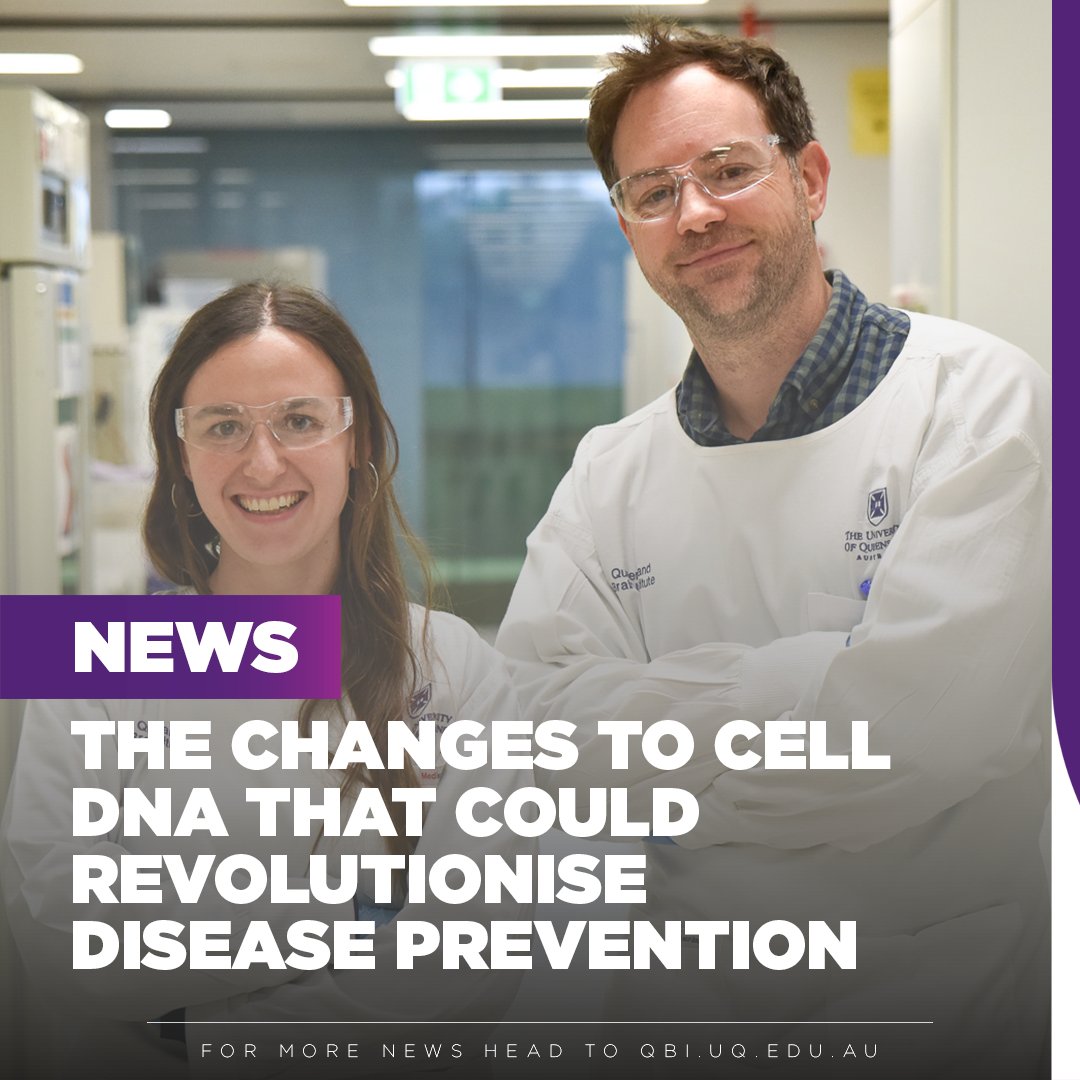
Comparative analysis of new, mScarlet-based red fluorescent tags in Caenorhabditis elegans biorxiv.org/content/10.110…

Now I can finally Like tweets about articles with no mechanism
Comparative connectomics of two distantly related nematode species reveals patterns of nervous system evolution biorxiv.org/cgi/content/sh… #biorxiv_neursci
We present oblique plane microscopy with adaptive optics (AO): biorxiv.org/content/10.110… One deformable mirror corrects both the light-sheet and the fluorescence detection. Movie shows cancer cells in a zebrafish xenograft model, before and after application of AO.
Excited to share @EliasScheer's thesis work from my lab, in a paper that explores how animal decision-making is coupled to behavioral state changes over minute-long and second-long timescales. elifesciences.org/reviewed-prepr…
🪱"All genes are created equal, but some are more equal than others" Happy to share our recent work dissecting a parent-of-origin effect in worms, which could have important implications for our understanding of the evolution of imprinting @IMBA_Vienna doi.org/10.1038/s41586…
Want to hear me discuss philosophy of neuroscience, causality, logic etc in german? Zoomposium just did a really fun discussion with me: youtube.com/watch?v=lLHg9f…
"Cognitive function requires the coordination of neural activity across many scales, from neurons and circuits to large-scale networks. As such, it is unlikely that an explanatory framework focused on any single scale will yield a comprehensive theory..." doi.org/10.1523/ENEURO…

Our fourteen-year-old work is out in Nature Metabolism! Using zinc dye to image hundreds of insulin secretions within the intact islet, we reveal only a portion of islet b-cells exocytosis upon glucose stimulation (readily releasable b-cells). rdcu.be/dwYTW
How are neural circuits reconfigured during infection to induce sickness behaviors? We show that neuromodulatory systems that control stress and satiety in C.elegans are recruited upon infection to induce sickness behaviors. From Flavell Lab @MIT_Picower biorxiv.org/content/10.110…
"Why the simplest explanation isn’t always the best" - commentary with @evadyer highlighting how dimensionality reduction does not usually give us what we want. pnas.org/doi/10.1073/pn… "Major Achievement: Dino scatterplot in paper" unlocked.
My collaborations/interactions with PONTE postdoctoral fellows @IGCiencia have been great so far! Encourage your "quantitative" friends to apply!
First connectome of an animal's early visual system announced: simonsfoundation.org/2023/09/28/res… but hold on, what about c elegans? Are they arguing it does not have a "visual system"? pubmed.ncbi.nlm.nih.gov/33674494/

Hey Molecular/Cellular Neuro postdocs! We are looking for you!! Deadline is 11/1 so please apply. Looking at you all my worm neuro peeps!
Come be our colleague! Our wonderful Neuroscience Program/Biology Dept at @BrandeisLS is looking for a TT faculty in the *very* broad area of molecular/cellular neuro. All experimental systems welcome! Please RT (pics are from today's Summer SciFest) academicjobsonline.org/ajo/jobs/25311


🎺Please RT! We have a funded #Postdocposition in our lab at @IGCiencia in Portugal 🇵🇹🇪🇺! Come and join us in exploring the wonders and evolution of genome maintenance processes, and engage with the extended #LifeScience community in #Lisbon! Details here: fumalab.github.io/join

United States Trends
- 1. #tsthecardigancollection 1.415 posts
- 2. Russia 28 B posts
- 3. $CUTO 8.812 posts
- 4. WWIII 160 B posts
- 5. SPLC 2.054 posts
- 6. #tuesdayvibe 5.528 posts
- 7. Sony 61,4 B posts
- 8. Jaguar 12,8 B posts
- 9. DeFi 150 B posts
- 10. Doran 16 B posts
- 11. #csm184 N/A
- 12. #MSIgnite 2.644 posts
- 13. #InternationalMensDay 64,9 B posts
- 14. Karl Rove 1.496 posts
- 15. Good Tuesday 37,9 B posts
- 16. Billy Boondocks N/A
- 17. Taco Tuesday 7.793 posts
- 18. US-made 19,8 B posts
- 19. Beans 23,3 B posts
- 20. KADOKAWA 50,6 B posts
Who to follow
-
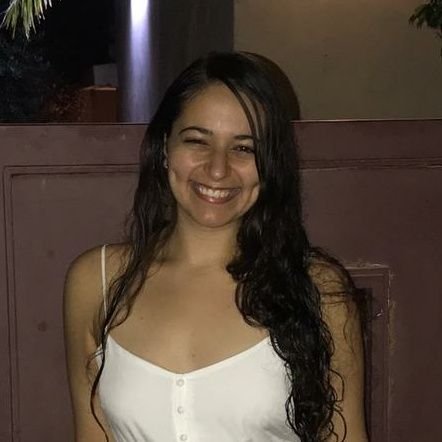 Hagar Setty
Hagar Setty
@HagarSetty -
 SunyBiotech🐛
SunyBiotech🐛
@SunyBiotech -
 Taylor Medwig-Kinney, Ph.D.
Taylor Medwig-Kinney, Ph.D.
@TMedwigKinney -
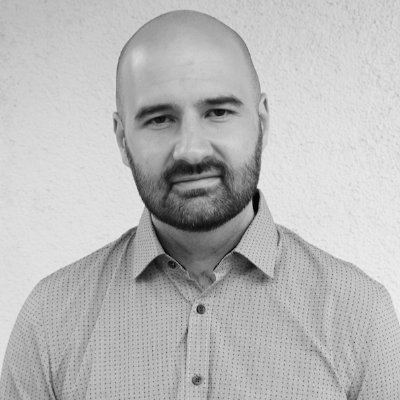 James Lightfoot
James Lightfoot
@LightfootLab -
 Laurent Lab
Laurent Lab
@LaurentLab_ -
 Nawaphat Malaiwong
Nawaphat Malaiwong
@NawaphatMalaiw1 -
 Anne Hart (@ACHart or @ACH_CeNeuro on Spoutible)
Anne Hart (@ACHart or @ACH_CeNeuro on Spoutible)
@Anne_C_Hart -
 Chee Kiang (Ethan) Ewe 尤志强, PhD
Chee Kiang (Ethan) Ewe 尤志强, PhD
@EthanEwe -
 Surojit Sural
Surojit Sural
@surojitsural -
 Shah Lab
Shah Lab
@ShahLabUCLA -
 Dr. G
Dr. G
@DrGTWU -
 Michael Francis Lab
Michael Francis Lab
@FrancisLab4 -
 Doug Portman 🐛🏳️🌈🧬 @dougp.bsky.social
Doug Portman 🐛🏳️🌈🧬 @dougp.bsky.social
@doug_p -
 Chen Wang 王琛
Chen Wang 王琛
@xenopuselegans -
 Xantha Karp
Xantha Karp
@XanthaKarp
Something went wrong.
Something went wrong.


